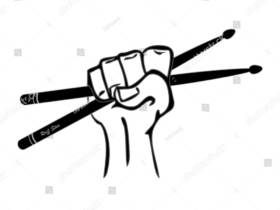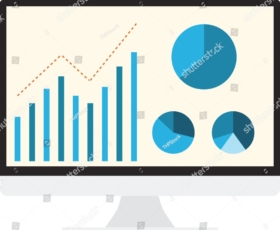What Is Microstock Photography?
If you've landed here from a search for “What is microstock photography?”, chances are you have a few other questions as well.
No problem – we've got those answered too.
Here you can learn what is stock photography in general, as well as the finer points of microstock photography.
We'll also help you to understand the licenses that are involved.
Plus we'll highlight why using stock images for your next web or print project is a great idea.









